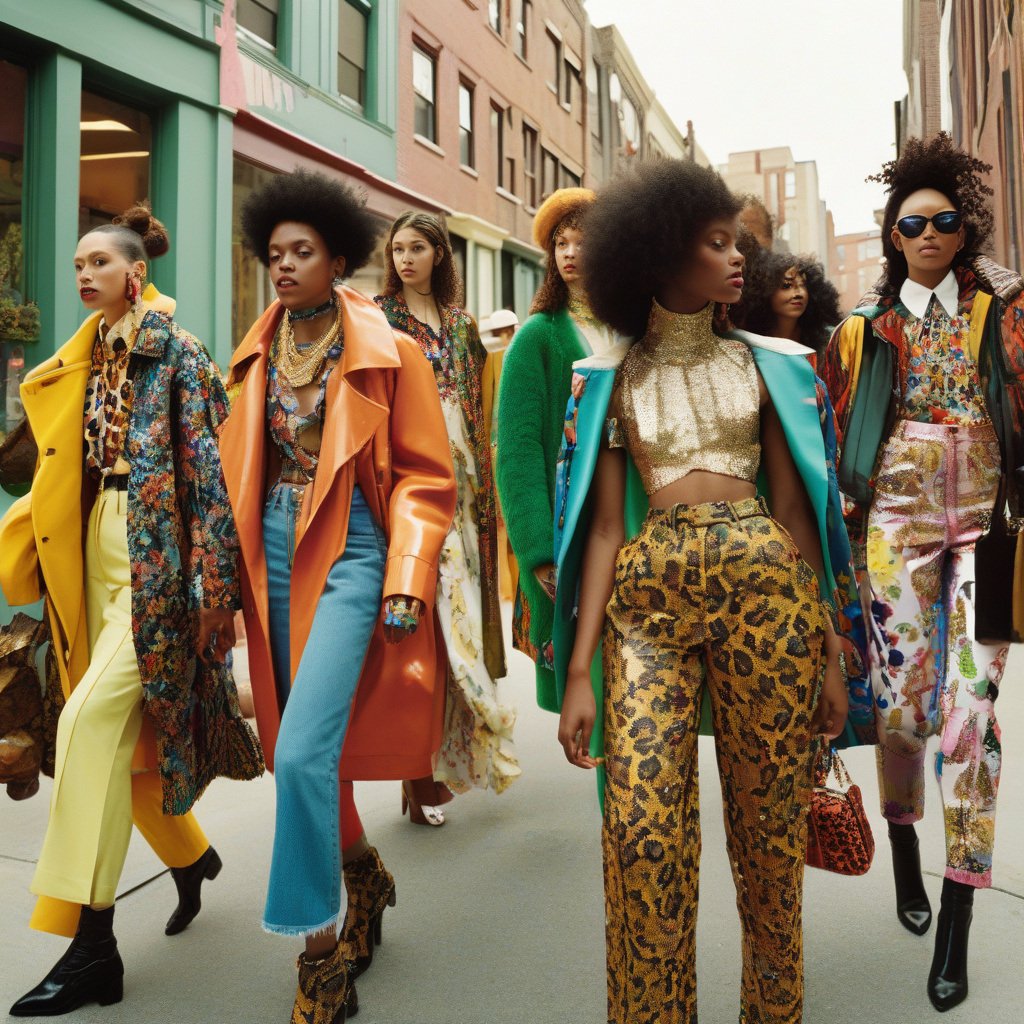How ‘Dopamine Culture’ Rewired Fashion
In recent years, the luxury fashion industry has experienced a seismic shift, not just in the way garments are designed and marketed but in how consumers engage with brands and products. At the heart of this transformation lies a phenomenon known as “dopamine culture,” a term that encapsulates the impact of social media algorithms on consumer behavior. As these algorithms curate an endless stream of digital content that sparks instant gratification, fashion brands find themselves navigating a new terrain that raises questions about the sustainability of this model. Is feeding the feed ultimately good for business?
To understand how dopamine culture has reshaped the luxury fashion landscape, one must first recognize the role of social media platforms. Platforms like Instagram, TikTok, and Pinterest have become the new storefronts. Their algorithms are designed to optimize user engagement, often focusing on content that elicits an emotional response. This environment fosters a culture of instant gratification, where likes, shares, and comments serve as digital currency. In this context, luxury fashion brands must adapt to thrive, often prioritizing visually stunning, attention-grabbing content over traditional marketing strategies.
Consider the case of Balenciaga, which has expertly utilized social media to create buzz around its collections. The brand’s controversial designs and unique marketing campaigns have generated significant social media engagement. For instance, the “Trash Pouch,” a bag designed to look like a garbage bag, has sparked conversations across platforms, feeding the dopamine-driven desire for novelty and uniqueness. By capitalizing on the viral nature of social media, Balenciaga not only increases brand visibility but also cultivates a community of followers eager to engage with its latest offerings.
Moreover, the rise of influencer culture plays a pivotal role in this dopamine-driven landscape. Influencers act as intermediaries between brands and consumers, leveraging their reach to cultivate desire. Their ability to present products in a relatable context fosters a sense of urgency and exclusivity. For example, when a prominent influencer showcases a limited-edition luxury handbag, the resulting social media buzz can lead to a rapid sell-out, proving that dopamine culture can drive immediate sales.
However, this relentless pursuit of engagement raises ethical questions. The fashion industry has long been criticized for its environmental impact and fast-fashion practices. The dopamine culture often encourages a cycle of consumption that prioritizes trends over sustainability. Brands may feel pressured to produce more collections at a faster pace to keep their audience engaged, undermining efforts to promote sustainable practices. For instance, some luxury brands have begun to implement strategies to slow down production cycles, focusing on quality and timelessness rather than fleeting trends. This approach not only addresses consumer concerns but also aligns with a growing demand for ethical consumption.
Furthermore, the reliance on social media algorithms can create significant challenges for brands. As these algorithms evolve, what once worked for engagement may no longer be effective. Brands that rely heavily on social media for visibility must constantly adapt their strategies to avoid being left behind. For example, a brand that garnered attention through provocative imagery may find that the algorithm now favors authenticity and relatability. This creates a precarious balancing act, as brands must engage without losing their identity.
In response to these challenges, some luxury fashion houses are beginning to rethink their relationship with social media. Rather than solely focusing on feeding the feed, they are exploring ways to build deeper connections with consumers. This can be seen in the rise of experiential marketing, where brands create immersive experiences that go beyond traditional advertising. For instance, Gucci has hosted pop-up events that allow consumers to engage with the brand in a tangible way, fostering a sense of community and loyalty that transcends the digital realm.
Ultimately, the impact of dopamine culture on the luxury fashion industry is multifaceted. While social media has allowed brands to reach wider audiences and engage with consumers in unprecedented ways, it also presents significant challenges. The pressure to constantly produce eye-catching content can compromise ethical considerations, leading to unsustainable practices. As brands navigate this complex landscape, the key will be to strike a balance between leveraging social media for engagement and fostering a more responsible approach to consumption.
In conclusion, as the luxury fashion industry continues to adapt to the realities of dopamine culture, the question remains: Is feeding the feed ultimately good for business? While the short-term gains are evident, the long-term sustainability of this model will depend on how brands choose to navigate the intricate relationship between consumer engagement and ethical responsibility. As the industry moves forward, fostering genuine connections and prioritizing sustainability may prove to be the most effective strategies for lasting success.
#DopamineCulture, #LuxuryFashion, #SocialMedia, #Sustainability, #FashionIndustry
